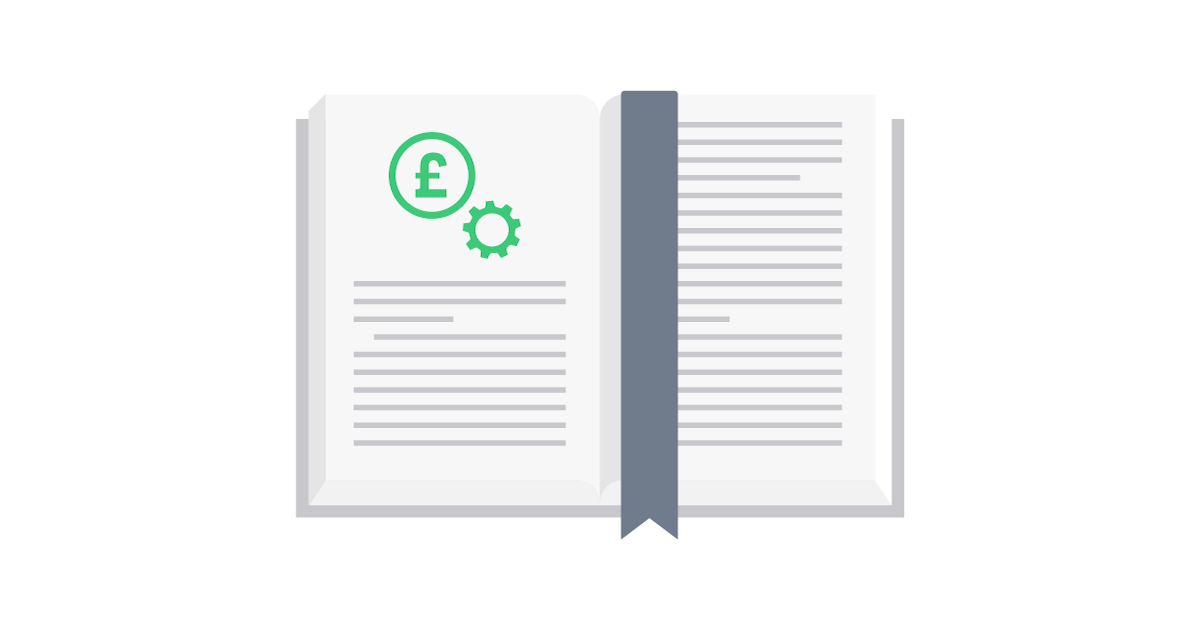
Know your P60 from your P45? We explain three common PAYE forms – including what they’re used for and how to get them.
P60 forms
What is a P60?
A P60 shows how much you’ve earned and how much has been taken off your salary over the entire tax year (which runs from 6 April to 5 April). Importantly, this includes any income tax and national insurance contributions you’ve paid.
Why do I need a P60?
A P60 can help you:
Understand how much tax you’ve paid
Get a tax refund if you’ve paid too much
Apply for tax credits
Prove your income to lenders if you need to borrow money (e.g. for a mortgage)
Complete a self-assessment tax return (e.g. if you earn money through self-employment)
How do I get a P60?
Your employer must give you one of these forms if you’re still working for them at the end of the tax year (5 April). You should receive it by the end of May – either on paper or in a digital format – and you’ll get a separate P60 for each job you have.
Lost your P60? Ask your current employer for another copy, as they’re required to keep a record of these forms for three years. HMRC and previous employers aren’t required to replace lost P60s, so make sure you keep them somewhere safe.
P45 forms
What is a P45?
A P45 is similar to a P60 – the key difference is that you’ll get a P45 when you leave your job. So, a P45 summarises your income and tax payments for the tax year so far (rather than for the whole tax year).
Why do I need a P45?
A P45 ensures you pay the right amount of tax when you start your next job. It can also help you get things like Jobseeker’s Allowance and tax refunds.
Your P45 is made up of four parts, each with a different purpose:
Part 1 – the employer you’ve just left will give this part to HMRC. HMRC will then use it to record details about your salary and tax payments
Part 1A – you should keep this part somewhere safe for your own reference
Parts 2 & 3 – you’ll need to give these parts to your new employer to help them understand how much tax you should pay. If you don’t have a new job and you want to claim benefits, you’ll need to give them to your Jobcentre Plus.
How do I get a P45?
By law, your employer must give you a P45 when you stop working for them. If for any reason they refuse, you can contact HMRC for help.
If you’re starting your first job, you won’t have a P45. In this instance, your employer may ask some questions to help them calculate how much tax you need to pay. For example, they might ask if you have another job or a student loan.
P11D forms
What is a P11D?
Your employer may use a P11D to tell HMRC what benefits they’re giving you on top of your salary, such as health insurance or a company car. They’ll only do this for any benefits not included on your payslip.
Why do I need a P11D?
Much like a P45 and P60, a P11D can help you understand and prove your income and how much tax you’ve paid.
How do I get a P11D?
If your employer uses a P11D, you’ll usually get one by 6 July. If you’ve lost your P11D or you haven’t received it, you can ask your employer for a copy.
Importantly, your employer doesn’t have to give you a P11D. But if they don’t, they must tell you how much your benefits are worth another way.
For more comprehensive guides and helpful tips on how to make the most of your money, follow Monzo Money Tips on Facebook!